The smell hits you first—spices, leather, cooking oil, humanity—all mingling in the thick air of traditional markets worldwide. From Marrakesh’s labyrinthine medina to Mexico City’s sprawling Mercado de la Merced, these ancient commercial spaces still function much as they have for centuries.
Visitors stumble into cultural pitfalls despite good intentions, often unaware of unspoken rules that govern these complex social environments. Here is a list of 15 things you should never do when exploring traditional markets, whether you’re hunting textiles in Oaxaca or sampling durian in Bangkok.
Photograph Vendors Without Permission

Market workers aren’t decorative elements for travel photos. Many sellers in Guatemala’s indigenous markets believe cameras steal something essential from them—not just their image.
A vendor in Chichicastenango once covered her face when cameras appeared, though she didn’t mind selling her colorful textiles to the same tourists. Make eye contact, gesture toward your camera, and wait for a nod.
Some expect small purchases in exchange—a fair trade for their participation in your visual memories.
Touch Everything on Display

Those perfectly stacked oranges in Palermo’s Ballarò market took someone an hour to arrange. Shoppers who paw through merchandise leave fingerprints on brass in Fez, oils on silk in Varanasi, and bruises on mangoes in Cartagena.
Point instead—vendors know their inventory better anyway. They’ll select better specimens than you could identify and often offer samples of anything edible.
Your restraint signals respect for their merchandise.
Like Travel Pug’s content? Follow us on MSN.
Bargain Aggressively on Small Purchases
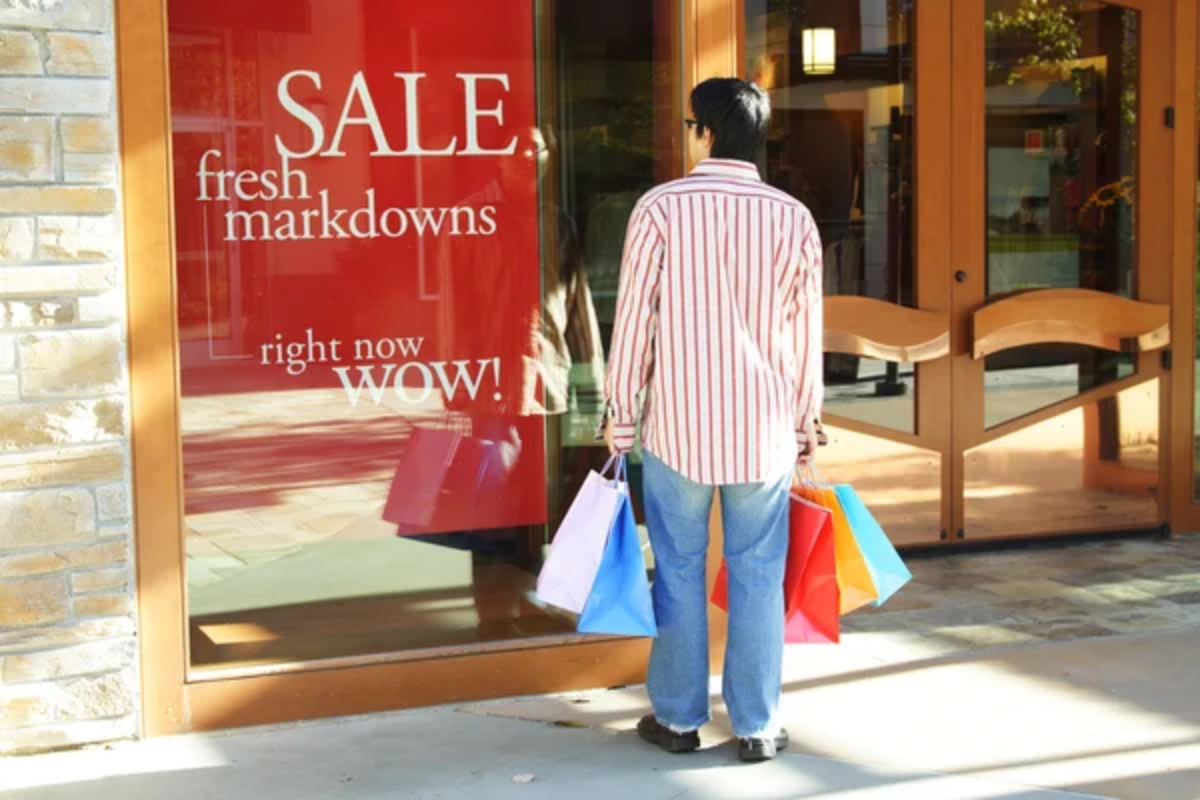
Nothing marks you as a difficult tourist faster than arguing over pennies. A vendor in Bangkok’s Chatuchak market might deal with 200 customers each weekend—they remember who spent fifteen minutes haggling over $2 scarves.
Save serious negotiations for significant purchases where price differences actually matter. Spice vendors in Istanbul’s markets calculate their margins precisely—they can’t go below certain thresholds regardless of your bargaining techniques.
Walk Away After Extended Bargaining

Extended price negotiations create implied contracts in market cultures. A carpet seller in Tangier becomes genuinely offended when tourists walk away after lengthy haggling sessions—especially after he’s reached their requested price.
Casual price inquiries should remain brief unless you’re genuinely interested in purchasing. Markets in tourist areas suffer from chronic “just looking” syndrome, leaving merchants who invested time with nothing to show for it.
Rush Through the Market
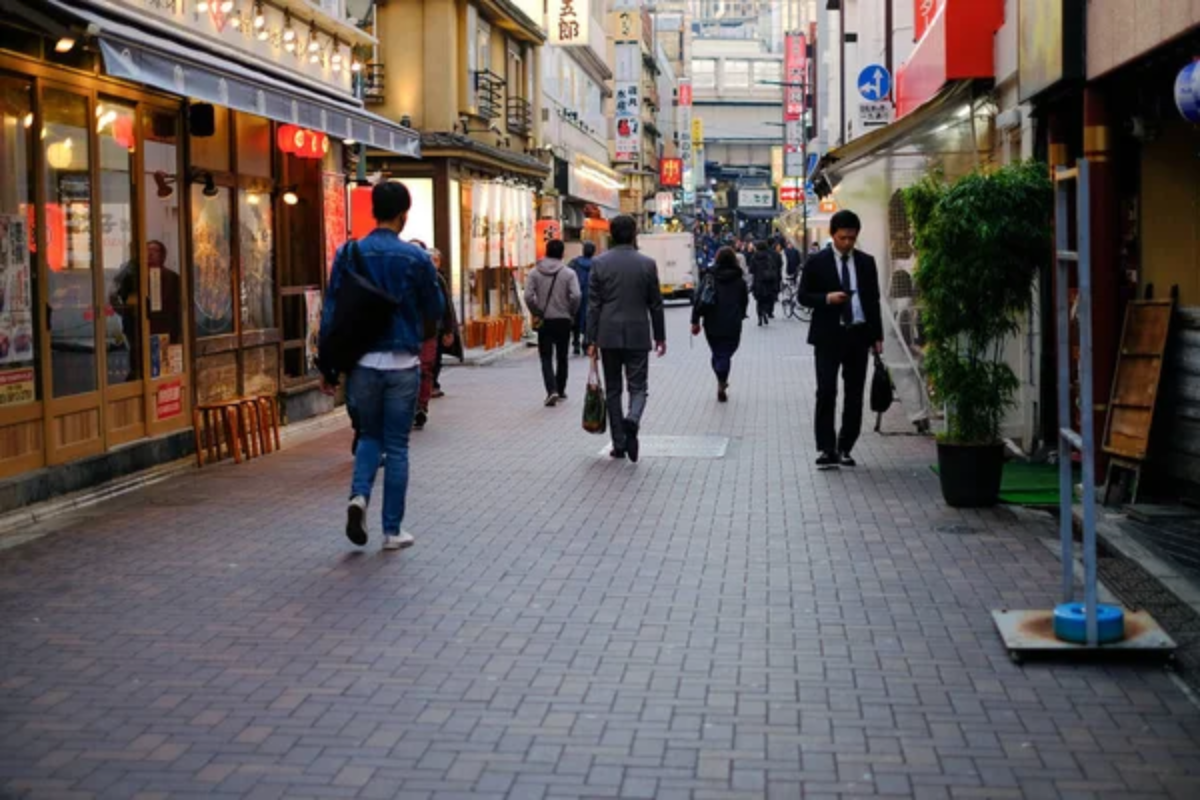
Markets reward unhurried exploration—something often forgotten in our efficiency-obsessed world. The narrow alleys of Seoul’s Gwangjang Market aren’t designed for speed; they force slowdown, conversation, and engagement.
Rushing creates a wake of disruption through spaces meant for meandering. Local shoppers typically spend hours examining options, conversing with vendors, and comparing quality.
The market represents their primary food source—not a brief tourist activity to check off between museum visits.
Like Travel Pug’s content? Follow us on MSN.
Use Large Bills for Small Purchases
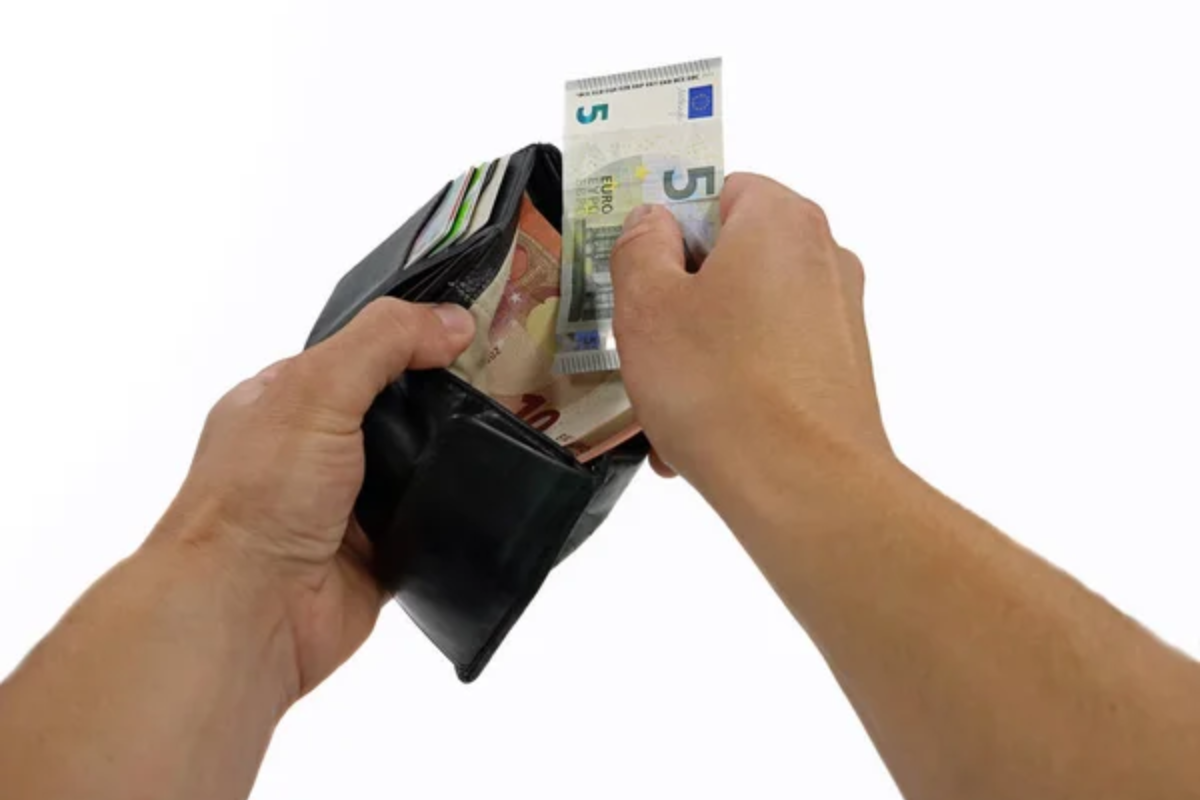
Vendors in Cusco’s San Pedro Market start each morning with barely enough change for their first customers. Paying for $3 worth of fruit with the equivalent of $50 creates a genuine hardship for small-scale merchants.
Banks might be miles away; leaving their stall means lost sales. Break large bills at hotels or established restaurants before your market visit. The vendors operating from wooden crates in Mexico City’s tianguis appreciate customers who understand their economic realities.
Assume Vendors Speak Your Language
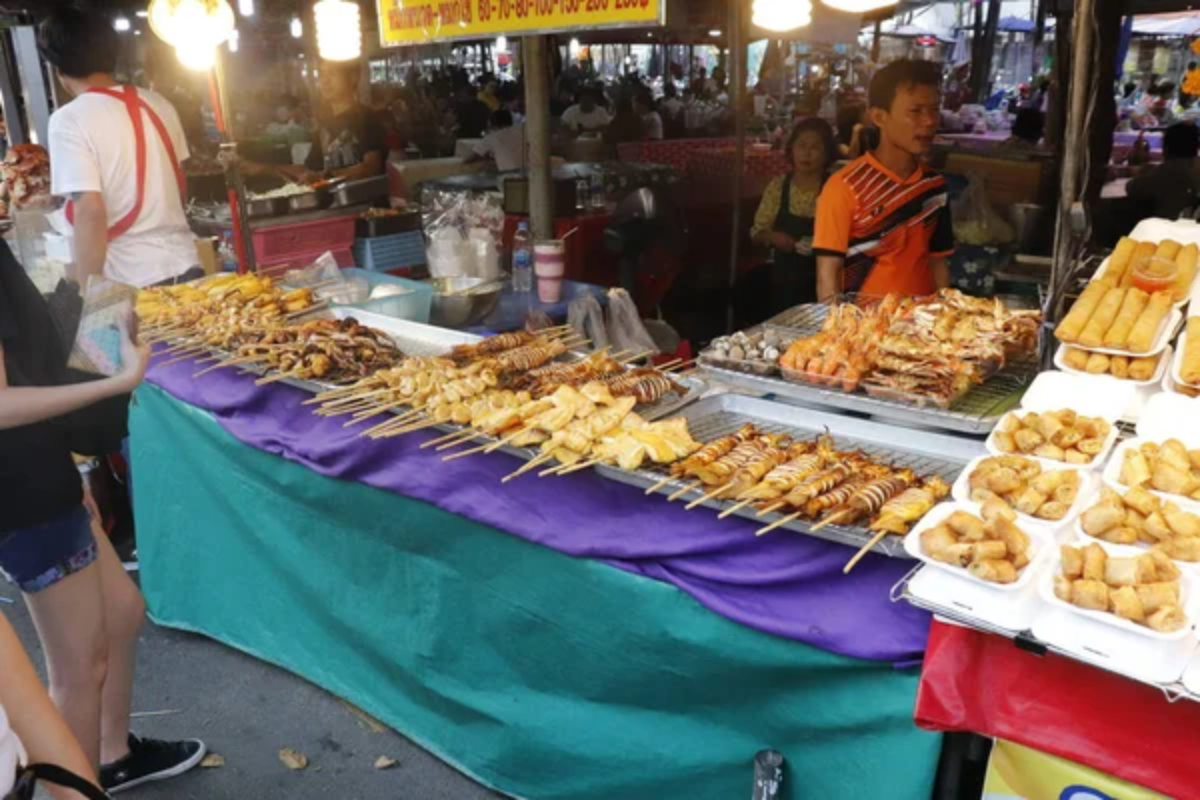
Starting conversations in rapid English creates immediate power imbalances. Though vendors in Marrakesh’s spice souks often speak fragments of five languages, they warm considerably to visitors attempting Arabic greetings.
“Salaam alaikum” opens doors closed to those who demand “How much?” without a preamble. Your mangled pronunciation won’t cause offense—most merchants appreciate the effort more than perfect execution and might even teach you additional phrases during your transaction.
Compare Prices Loudly

Market communities function as tight social networks despite apparent competition. Announcing that someone’s neighbor sells cheaper saffron creates genuine tension in Isfahan’s spice bazaar, where vendors often share blood relations.
Their social harmony matters more than your bargaining advantage. Many markets involve complex family structures—that woman selling cheaper mangoes might be married to the man whose prices you’re criticizing to his cousin.
Compare quietly before deciding where to purchase.
Like Travel Pug’s content? Follow us on MSN.
Block Narrow Pathways
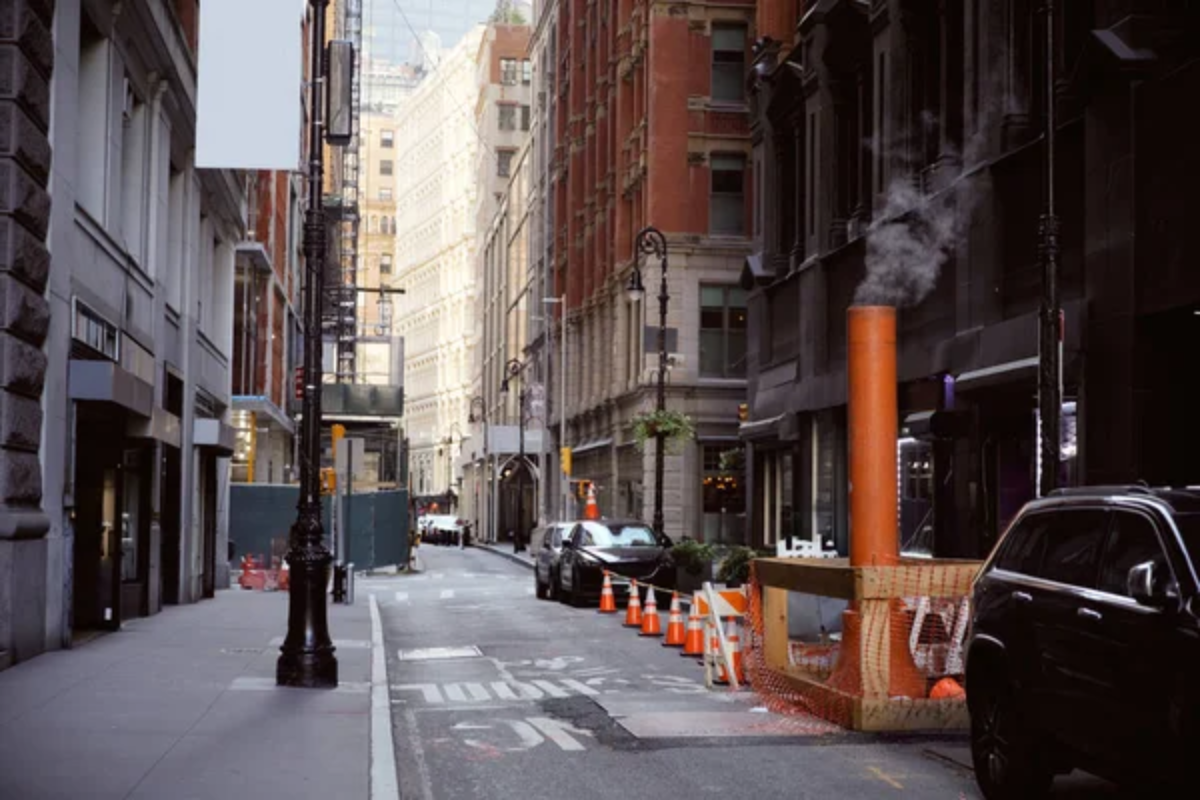
Markets weren’t designed for tourists taking photos—they evolved to move goods efficiently through crowded urban environments. When you stop suddenly in Barcelona’s La Boqueria, dozens of locals carrying daily groceries must navigate around you.
Step completely aside when consulting maps or taking photos. During busy periods in Hong Kong’s wet markets, visitors obstructing walkways might receive gentle—or not-so-gentle—nudges from locals with actual shopping to complete before dinner.
Ignore Local Customs
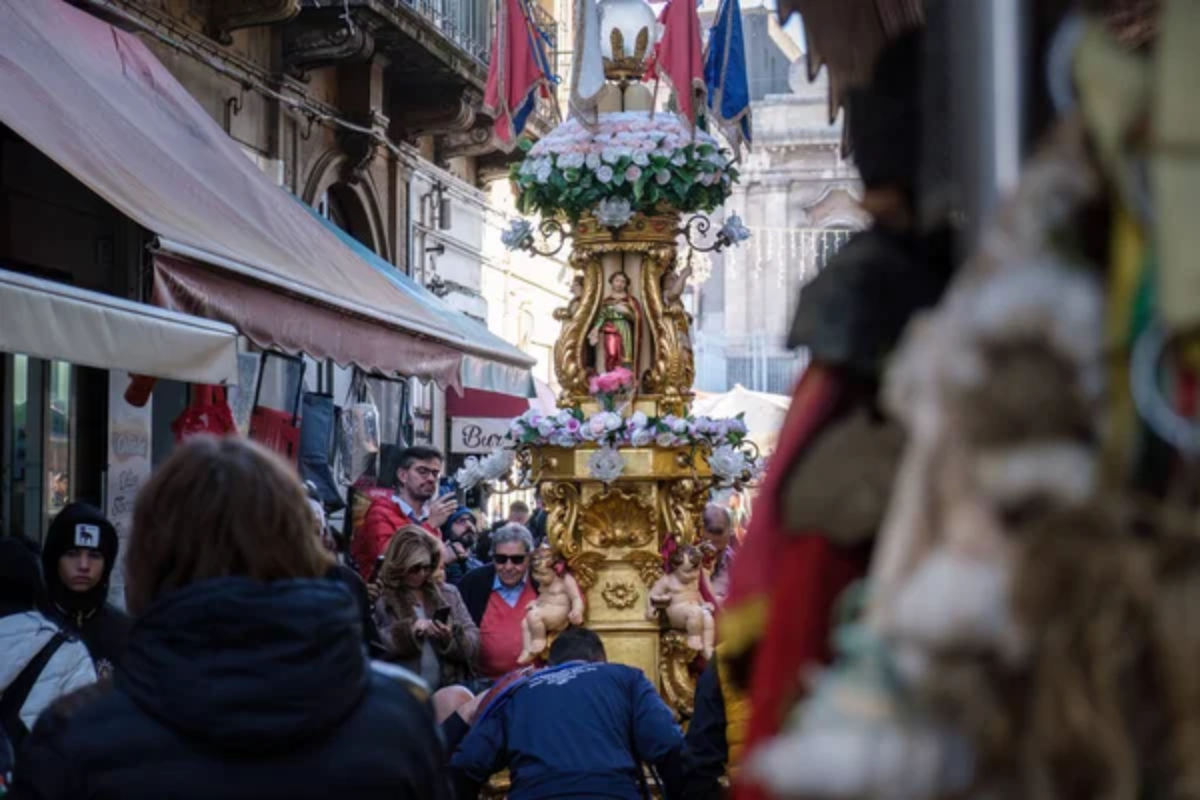
Markets follow cultural scripts that are invisible until violated. Pointing directly at merchandise seems innocuous until you’ve offended a merchant in Kuala Lumpur’s night markets, where indicating with your thumb shows proper respect.
In North African markets, handling food with your left hand creates problems invisible to Western visitors. Watch locals first—they navigate cultural expectations effortlessly.
The woman buying mangoes in Delhi’s Chandni Chowk demonstrates precisely how much touching, smelling, and questioning proves acceptable.
Enter Food Areas Without Intent to Buy
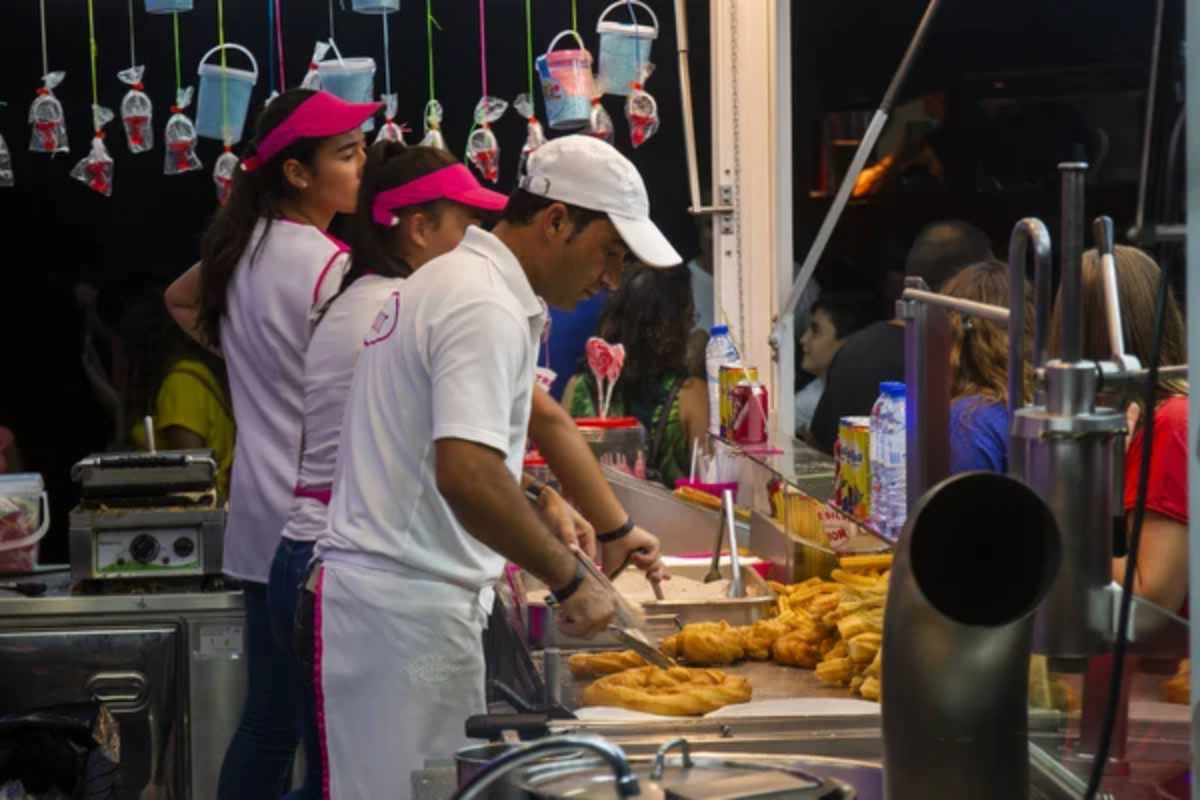
Food vendors operate on razor-thin margins. The steaming dumpling stalls of Hong Kong’s Temple Street night market aren’t museums—they’re microenterprises supporting entire families.
Asking detailed questions about ingredients or photographing food preparation without purchasing creates resentment. Commercial kitchens worldwide maintain similar boundaries; market food stalls deserve identical respect.
If curiosity drives your questions, purchase something small while inquiring—the financial acknowledgment matters.
Like Travel Pug’s content? Follow us on MSN.
Treat Vendors Like Attractions
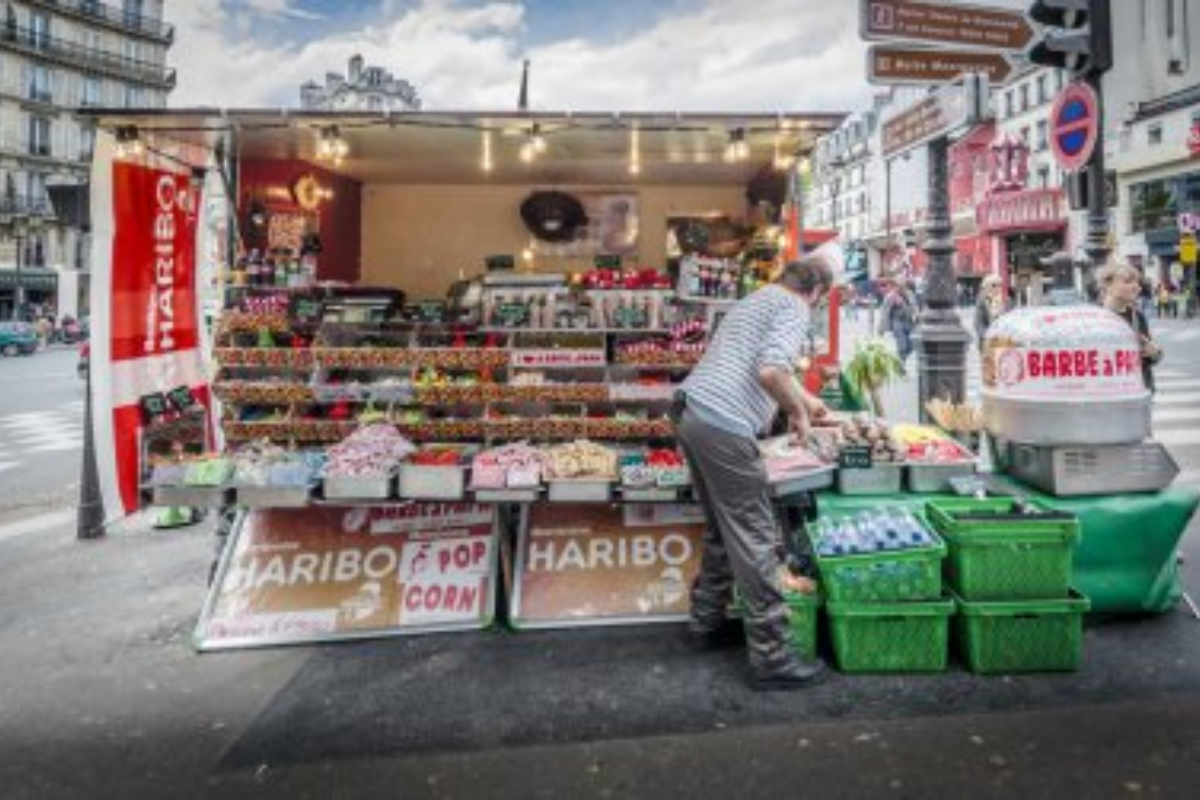
Market workers typically rise before dawn, transport heavy goods, and stand 12+ hours daily. The fishmongers at Tokyo’s outer Tsukiji market aren’t performing—they’re working punishing schedules to support their households.
Their expertise often represents knowledge accumulated across generations. A spice vendor in Istanbul might recognize subtle quality variations imperceptible to casual buyers.
Engage them as knowledgeable professionals rather than colorful backdrops for social media content.
Expect Western Bathrooms

Traditional markets rarely offer modern facilities—a reality that shapes how locals shop. Lima’s Mercado Central contains no public restrooms whatsoever; nearby cafés expect small purchases for bathroom access.
The bathroom situation often determines how long locals spend shopping—something tourists overlooking bodily necessities discover uncomfortably. Plan accordingly by using hotel facilities beforehand.
When necessary, purchasing a coffee creates goodwill at establishments with restrooms near major markets.
Assume Prices Are Fixed
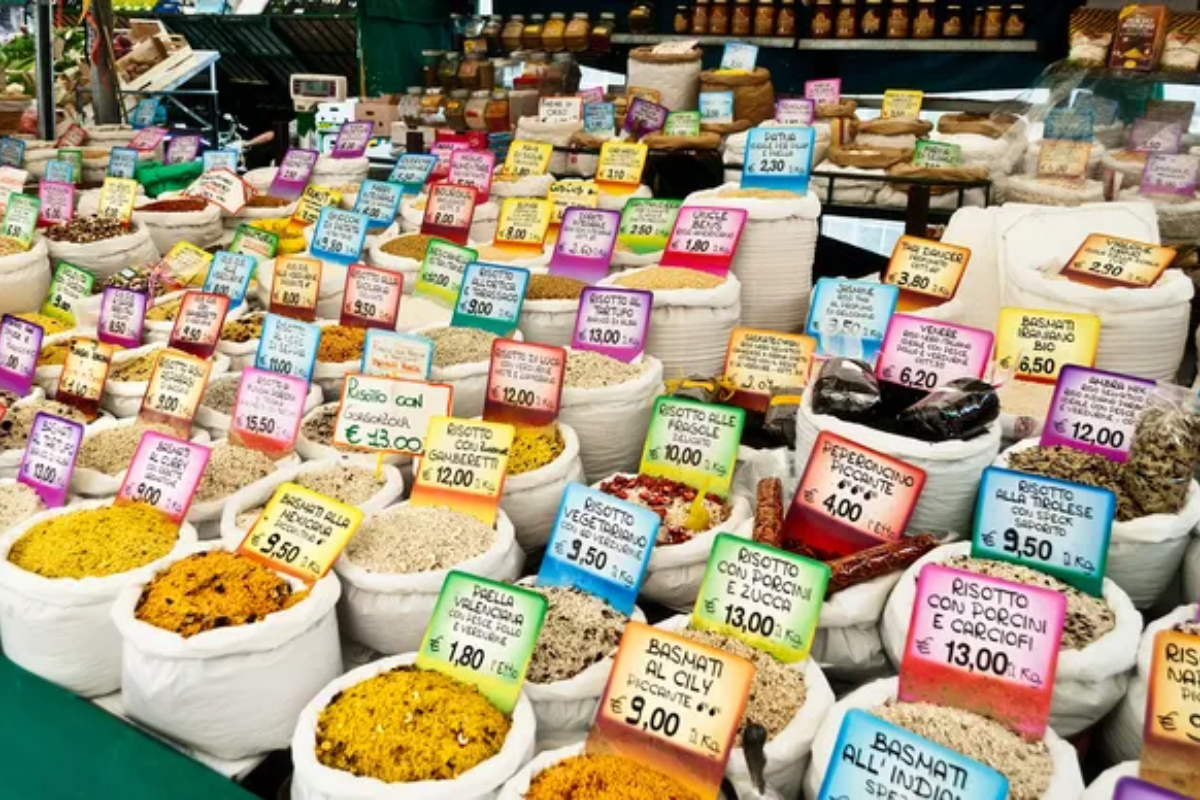
Price tags rarely appear in traditional markets, though prices aren’t entirely arbitrary either. The first quote given to foreigners at Jaipur’s textile stalls might be 40% above local rates—not because vendors are dishonest but because negotiation forms part of expected social exchange.
Most experienced sellers know their absolute minimum and won’t drop below it regardless of tactics. Aim for a middle ground where both parties feel satisfied rather than “winning” by extracting unsustainable discounts.
Like Travel Pug’s content? Follow us on MSN.
Forget Reusable Bags

Environmental awareness has reached markets worldwide. Plastic bags that once appeared automatically now cost extra or don’t exist at all—a reality in places from Mexico City’s La Merced to Manila’s Divisoria Market.
Small fabric totes fold into pockets and expand as needed. Carrying capacity becomes particularly important when impulse purchases accumulate; nothing ends a market visit faster than juggling multiple leaking packages through narrow passageways without proper bags.
The Commerce Dance Continues
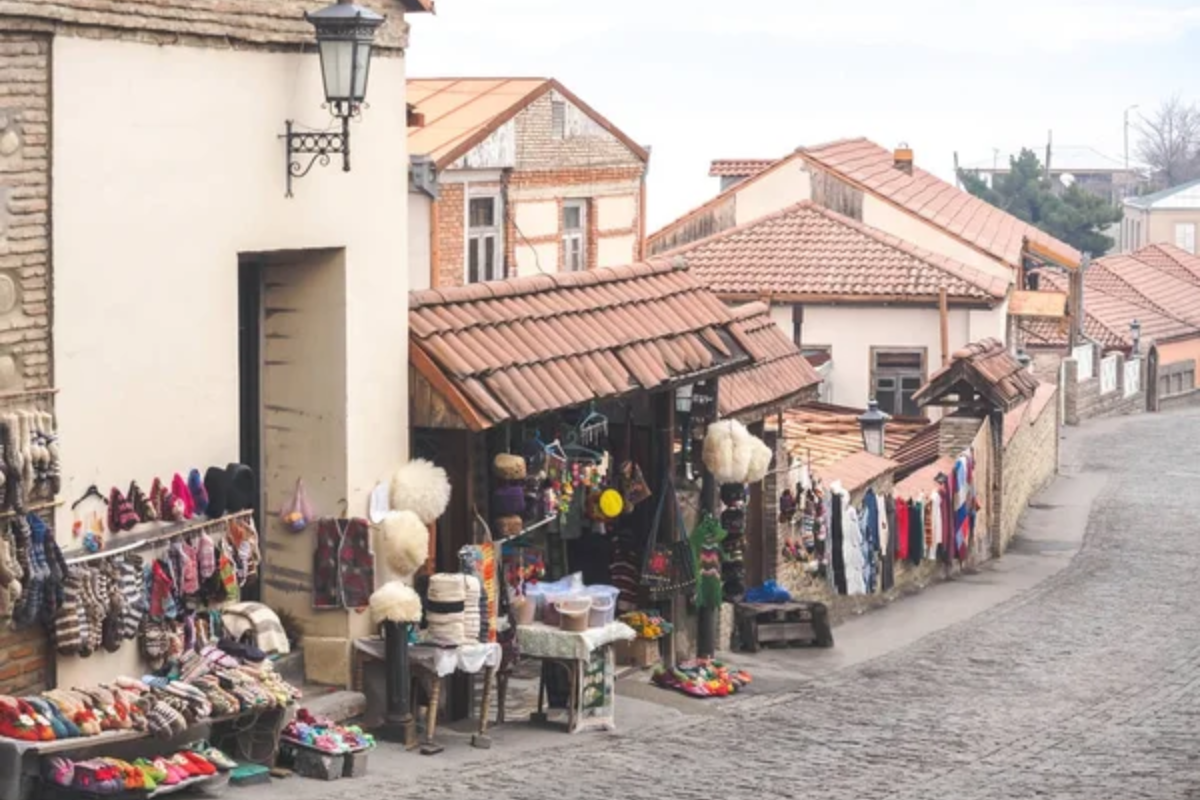
Markets connect us to commerce in its original, human form—a direct exchange largely unchanged through centuries. When French buyers haggle over cheeses at Provençal markets, they participate in transactions structurally identical to those depicted in medieval paintings.
These spaces preserve something increasingly rare—genuine cultural practices undiluted by corporate standardization. The skills needed to navigate traditional markets—patience, cultural sensitivity, direct communication—serve travelers far beyond commerce alone.
More from Travel Pug

- 20 Destinations That Were Once Thriving but Are Now Quietly Disappearing
- 15 Hidden Spots in Disney World’s Magic Kingdom Most Visitors Miss
- 20 Once-Popular Beach Towns That Are Now Ghostly Empty
- 20 Beautiful US Lakefront Towns Where You Can Live for Under $2000 a Month
- 20 Caribbean Islands That Are Safer Than People Think
Like Travel Pug’s content? Follow us on MSN.
